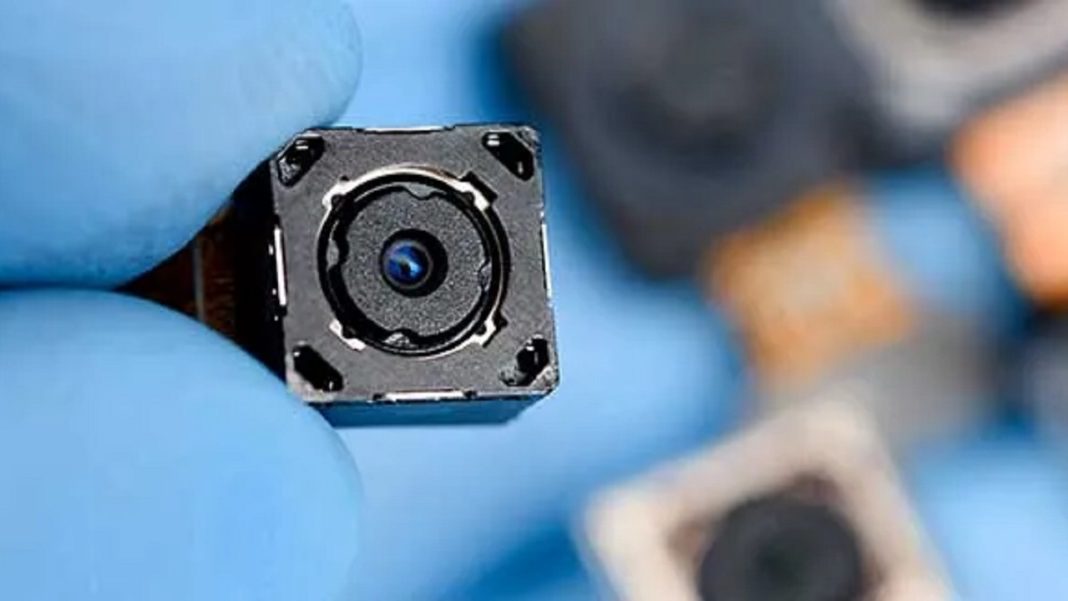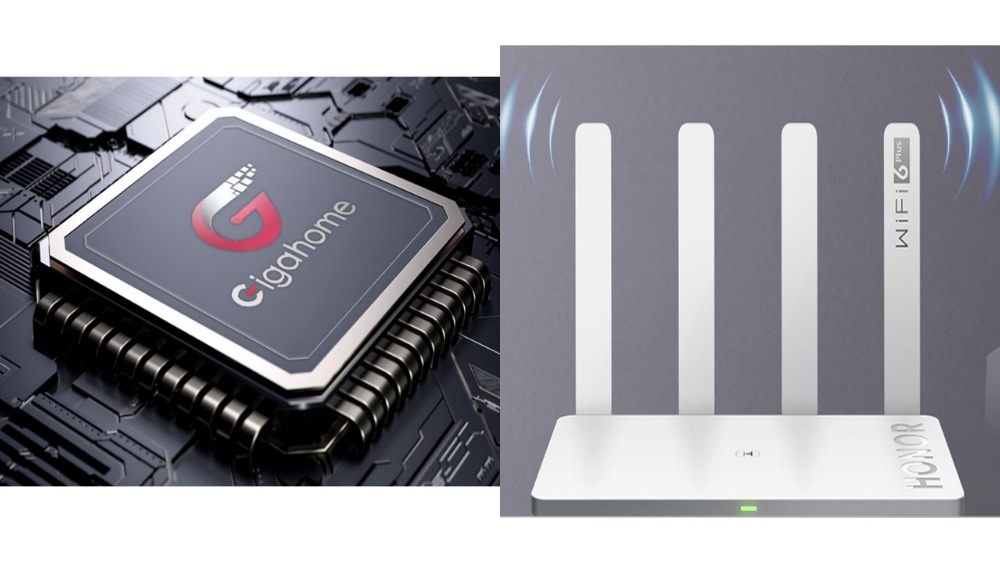Camera modules are increasingly important in today’s rapidly developing technological landscape. Cameras are indispensable for capturing high-quality images and videos in a wide variety of contexts, from smartphones to industrial applications. Mipi camera modules are a common topic of conversation when discussing camera technology. These modules are essential parts of many gadgets, but their many options can be confusing to those who aren’t familiar with electronics. This article will clarify the meaning of the technical specifications for the MIPI DVP camera module.
Introduction to MIPI DVP Camera Modules
The Mobile Industry Processor Interface (MIPI) is an industry-wide open standard and specification developed by the MIPI Alliance for use in mobile application processors. Common in smartphones and tablets, MIPI camera modules offer HD video capture at resolutions between 0.3 and 32 megapixels. We will be focusing on the MIPI CSI (Camera Serial Interface) subset of the MIPI standard rather than the more general MIPI DSI (Display Serial Interface).
Enabling High-Quality Imaging with MIPI CSI
Transferring data from a camera module to the host processor is made easier with the MIPI CSI interface. It is essential for capturing high-quality images and videos, making it applicable to a wide variety of uses beyond mobile devices.
Details About MIPI DVP Camera Modules
Following the introduction of MIPI DVP camera modules, we will now examine their most salient features.
Resolution
The resolution of a camera module is the maximum pixel count at which it is capable of recording video or still images. There is a wide selection of megapixel counts available for MIPI DVP camera modules. The optimal resolution for an application is one that meets the needs of that program. Work that requires a higher level of clarity and detail, such as industrial inspection and surveillance, benefits most from a camera with a higher resolution.
Sensor Selection
MIPI DVP camera modules allow for a wide variety of image sensors to be chosen. In terms of image quality, light sensitivity, and other performance metrics, the sensor you choose can make a huge difference. The OV5647, OV7725, GC0308, OV2281, OV4698, AR0330, IMX179, and many others are available as sensors. Getting the desired imaging results depends on picking the right sensor.
Interface
The MIPI CSI interface is a serial connection, but the MIPI DVP camera module uses a parallel connection. The DVP interface is a simple and reliable way to link the camera module to the host computer. It functions admirably in scenarios where rapid data transfer is not crucial.
Customization
MIPI DVP camera modules allow for customization, which is a major benefit. Manufacturers like Supertek provide individualized solutions, letting buyers modify the camera module to their specific needs. Depending on the needs of your project, you may need to adjust your choice of sensor, lens, interface, or even PCB board size. Robotics, medical imaging, and surveillance are just a few examples of fields where precise customization is invaluable.
Conclusion
When it comes to embedded systems and applications, mobile phones aren’t the only place where MIPI DVP camera modules are indispensable. Selecting the appropriate camera module requires a thorough familiarity with their technical specifications. Resolution, sensor choice, interface, and adaptability are also important factors to think about.
MIPI DVP camera modules are already useful in a wide variety of situations, and this is only going to increase as technology advances. These modules allow for the accurate and clear capture and processing of images and videos, which can then be used in a variety of applications, from industrial inspection and traffic monitoring to the entertainment industry. In order to use MIPI DVP camera modules to their fullest potential in cutting-edge projects, developers and engineers must be well-versed in these specifications.












